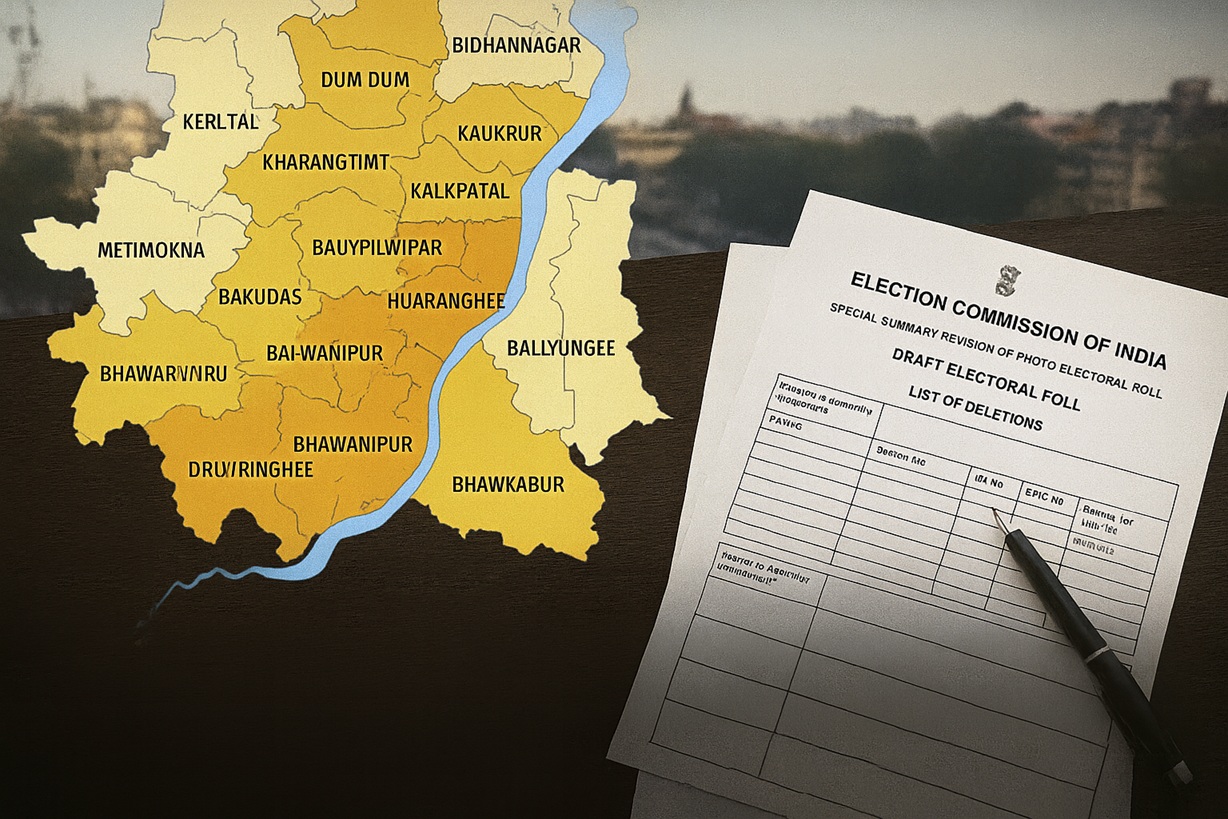
Six Dead in Bangladesh; Panic Across Eastern India as Buildings Sway
A moderate yet shallow earthquake shook central Bangladesh on Friday morning, sending strong tremors across Kolkata, parts of West Bengal, and several Northeastern states. The quake triggered panic as residents rushed out of homes and offices, though India reported no casualties.
What Happened
At 10:08 a.m. IST (04:38 UTC) on 21 November 2025, a 5.5–5.7 magnitude earthquake struck near Narsingdi, about 25 km from Dhaka.
- The quake originated at a shallow depth of ~10 km, causing intense surface-level shaking.
- Tremors lasted 20–30 seconds in Kolkata and surrounding districts.
- Bangladesh confirmed at least six deaths — three due to roof and wall collapses and three from falling railings.
- In India, authorities noted no collapse-related fatalities, but widespread panic was reported across West Bengal and nearby regions.
Why Kolkata Felt It So Strongly
Shallow depth, close distance, and regional geology combined to amplify the experience of shaking:
- The quake’s shallow focus allowed seismic waves to travel quickly to the surface.
- The epicentre’s proximity to the India–Bangladesh border meant stronger tremors in urban centres such as Kolkata.
- Residents in multiple districts observed swaying lights, vibrating furniture, and sudden jolts, prompting mass evacuations.
Impact and Immediate Response
In Bangladesh
- Several structures suffered damage; roofs, walls, and railings gave way in older buildings.
- Emergency services launched rapid response efforts, advising citizens to stay outdoors temporarily and avoid unverified rumours.
- Hospitals reported dozens of injuries, mostly from falling debris and stampedes.
In India
- Kolkata police and disaster management teams conducted building inspections across key zones.
- Metro services paused temporarily, and offices-initiated evacuation protocols.
- No major infrastructure damage has been reported so far, but authorities remain vigilant.
Why This Matters
This incident acts as a crucial reminder of the seismic vulnerability of the Bengal Basin and adjoining regions:
- Even moderate quakes can be disruptive when shallow and near densely populated zones.
- Cross-border seismic events emphasize the need for regional preparedness, early-warning systems, and coordinated response strategies.
- Cities like Kolkata, which are not traditionally seen as high-risk, must strengthen building safety norms, public awareness, and emergency preparedness.





